Throughout history, some civilizations have left a lasting mark on the world. These ancient societies shaped the foundations of culture, technology, and governance. Each one had its own unique contributions, from early writing systems to advanced architecture. They thrived in various regions, laying the groundwork for future generations. Discover the oldest civilizations and how they influenced the course of human history.
Sumerians (4500 BCE – 1900 BCE)
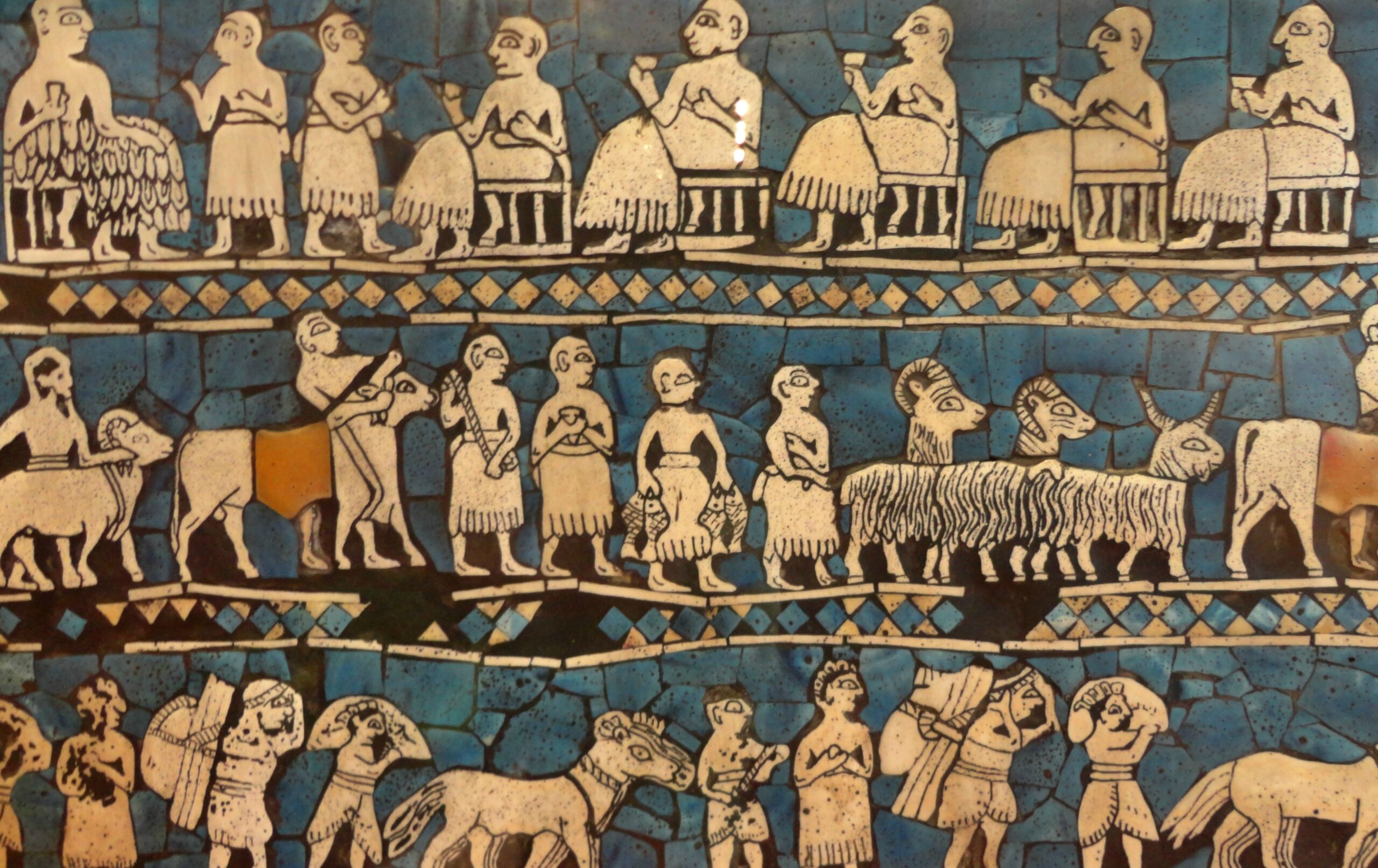
The Sumerians, active from 4500 BCE to 1900 BCE in Mesopotamia (modern-day Iraq), were pioneers in many areas, including the development of cuneiform, one of the earliest known forms of writing. They created city-states like Uruk, Ur, and Eridu, with advanced systems of governance, law, and trade. Their innovations in agriculture, such as irrigation, allowed them to thrive in the harsh environment between the Tigris and Euphrates rivers. Although the Sumerians no longer exist as a distinct civilization, their influence on later Mesopotamian cultures, including the Akkadians and Babylonians, was profound, especially in the fields of writing, law, and religion.
Ancient Egyptians (3100 BCE – 332 BCE)
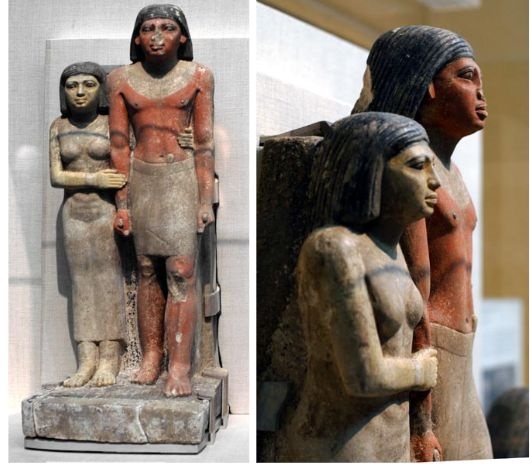
Ancient Egypt, from 3100 BCE to 332 BCE, is one of the longest-lasting civilizations in history, thriving for over 3,000 years. Centered along the fertile banks of the Nile, Egypt was known for its monumental architecture, including the Great Pyramids of Giza and the Sphinx, and its complex religious beliefs centered around gods like Ra, Osiris, and Isis. The pharaohs were both political and religious leaders, believed to be gods in human form. Despite being conquered by the Persians, Greeks, and eventually the Romans, Egyptian culture persisted for centuries. Modern Egypt still contains many descendants of this ancient civilization, though much of the original culture has evolved or merged with Islamic and Arab influences.
Indus Valley Civilization (3300 BCE – 1300 BCE)

The Indus Valley Civilization, active between 3300 BCE and 1300 BCE, was one of the largest early civilizations, covering what is now Pakistan and northwest India. Its cities, like Harappa and Mohenjo-Daro, were highly advanced, with grid-like street layouts, sophisticated drainage systems, and multi-storied houses. The civilization was heavily reliant on agriculture and trade, but it mysteriously declined around 1300 BCE, possibly due to environmental changes or invasions. Unlike other early civilizations, its language and script remain undeciphered, leaving much about its culture unknown. The civilization no longer exists, but it laid the foundation for later cultures in South Asia, particularly in terms of urban planning and craftsmanship.
Norte Chico Civilization (3500 BCE – 1800 BCE)
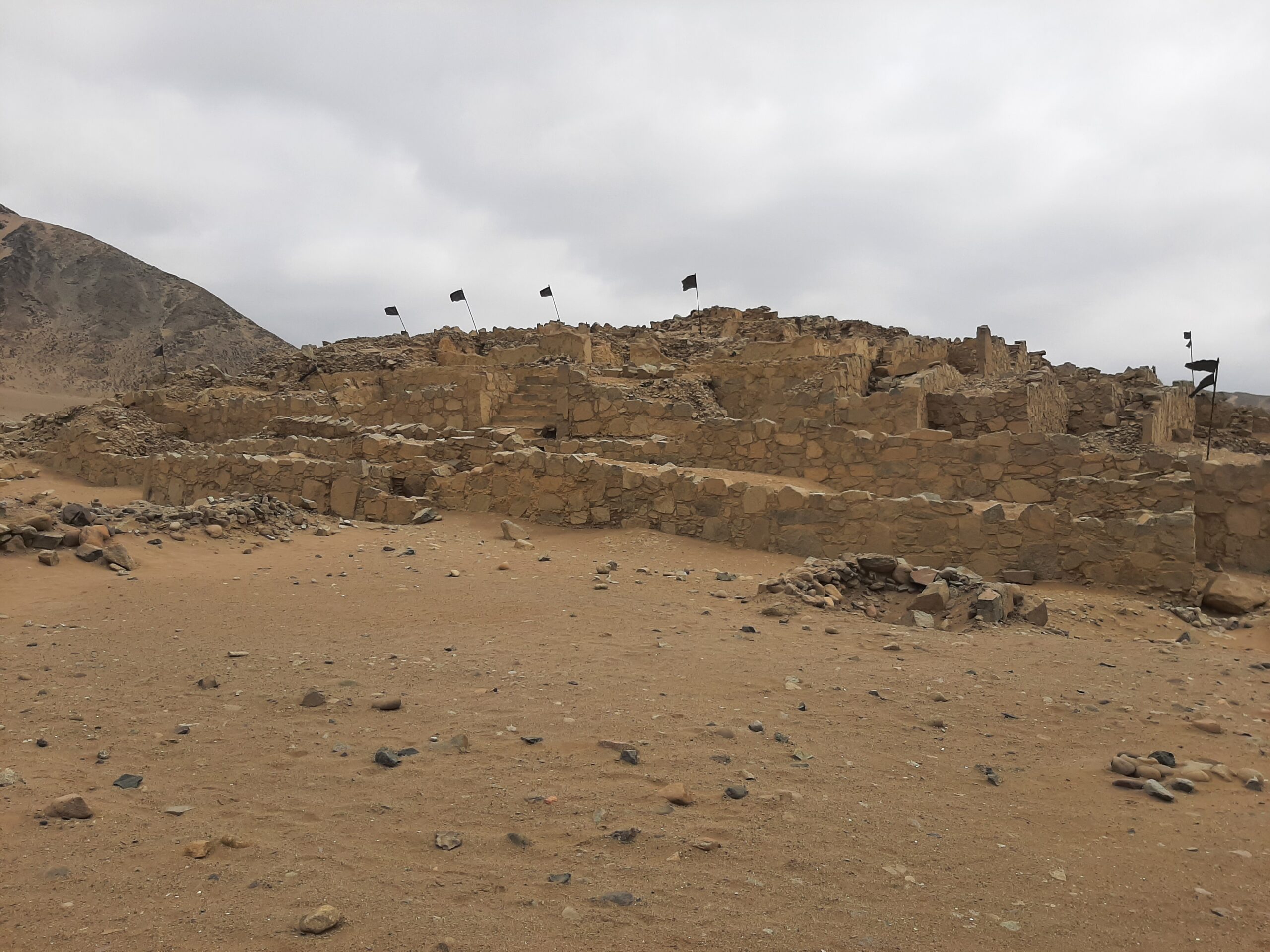
The Norte Chico civilization, active from 3500 BCE to 1800 BCE along the coastal plains of modern-day Peru, is one of the oldest in the Americas. It is known for its monumental architecture, including pyramidal structures and large ceremonial complexes. Despite its lack of pottery and writing, it had a complex society that managed large-scale agriculture, particularly cotton and other crops. Its influence on later Andean civilizations, such as the Inca, is evident in architectural and societal organization. Although the Norte Chico civilization has long disappeared, its urban planning techniques and societal organization left an enduring legacy in Andean cultures.
Minoans (3000 BCE – 1450 BCE)
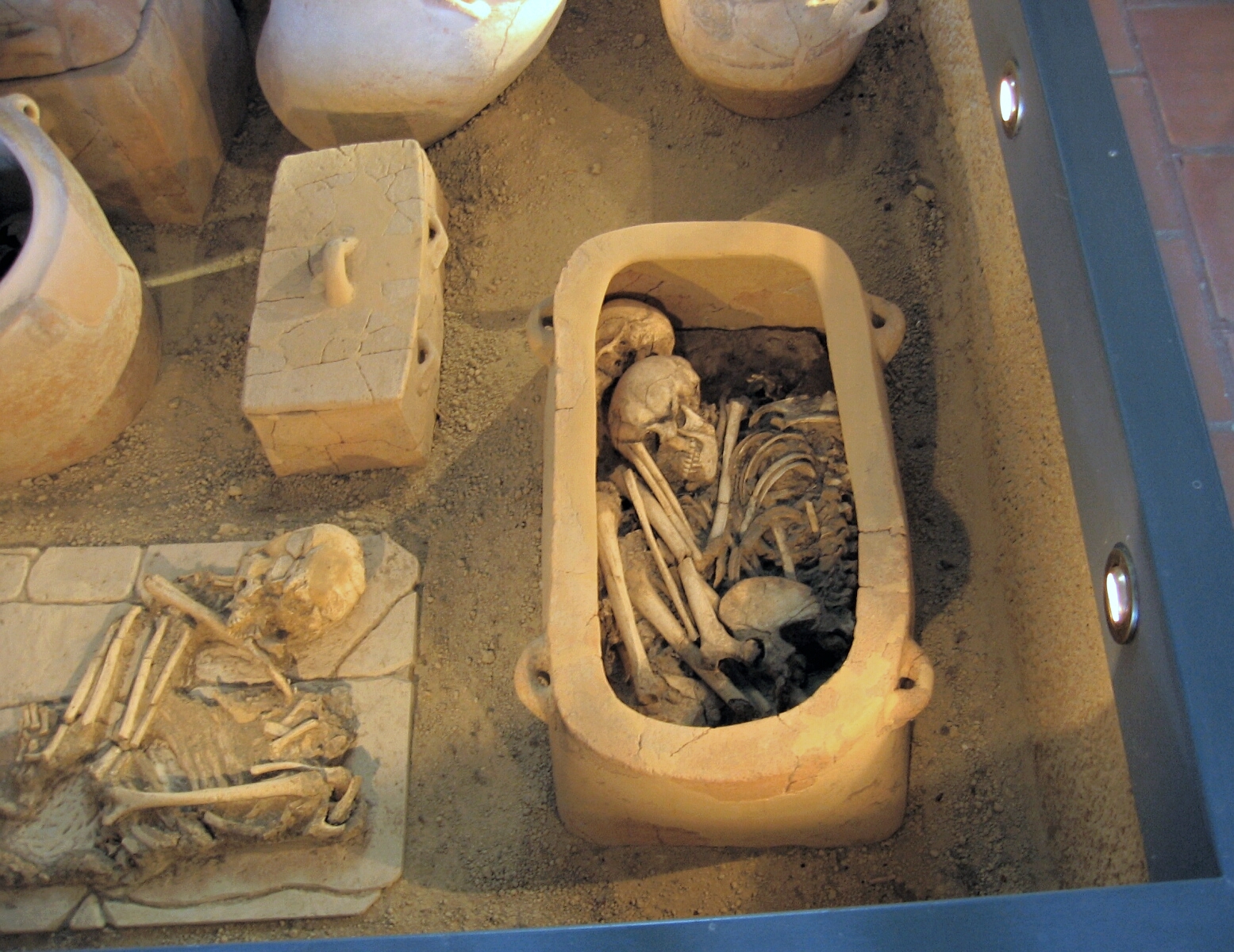
The Minoans, active from 3000 BCE to 1450 BCE on the island of Crete, were Europe’s first advanced civilization. They are best known for their palaces, particularly Knossos, and their vibrant art, including frescoes that depict bull-leaping and religious rituals. The Minoans were also skilled seafarers, engaging in trade throughout the Mediterranean. Their civilization declined around 1450 BCE, likely due to a combination of natural disasters, such as the eruption of Thera (modern-day Santorini), and invasions by the Mycenaeans. The Minoans no longer exist as a distinct culture, but their influence on Greek art, mythology, and religious practices is undeniable.
Ancient China (Xia Dynasty) (2070 BCE – 1600 BCE)
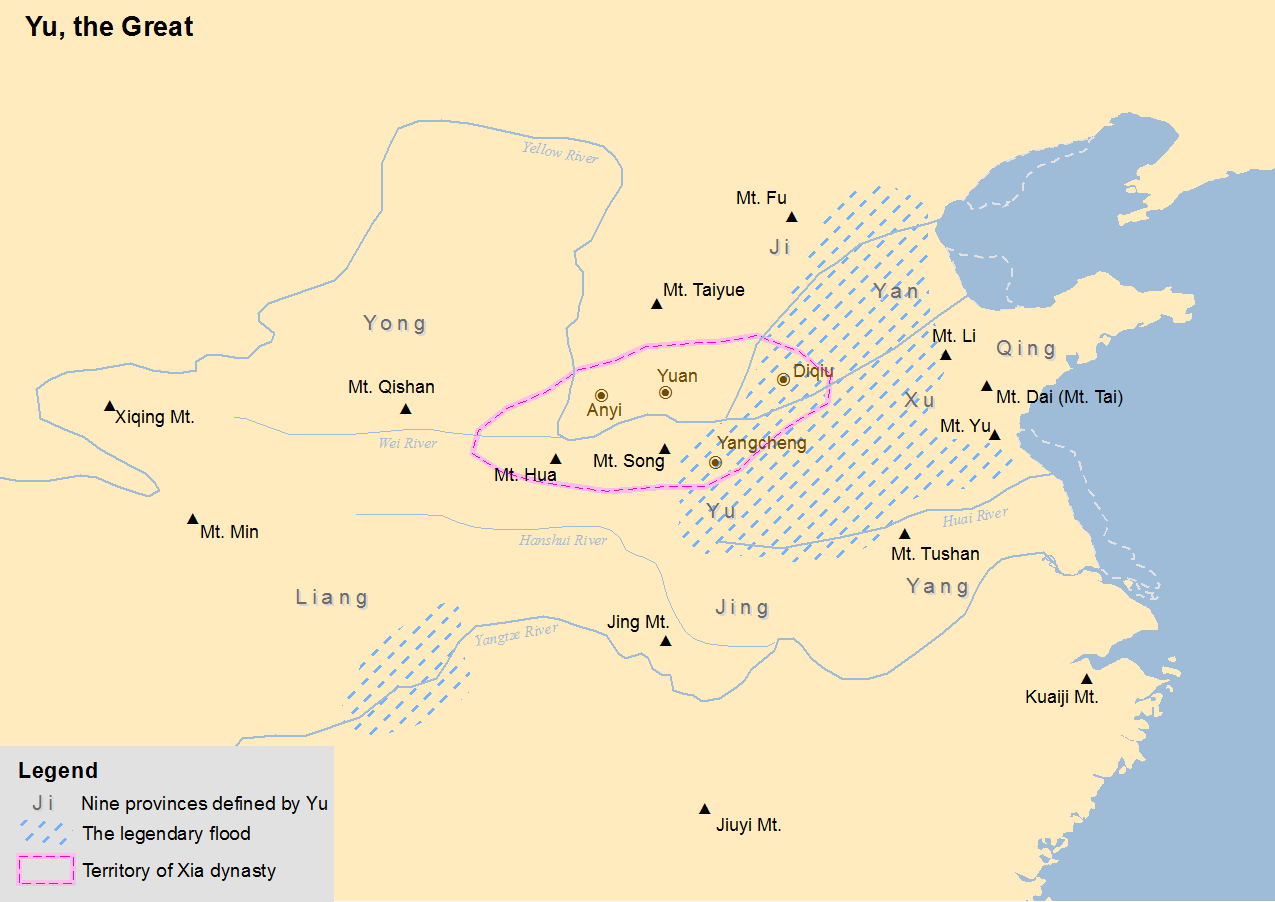
The Xia Dynasty, traditionally considered China’s first dynasty, ruled from 2070 BCE to 1600 BCE in the Yellow River Valley. While much of their history remains shrouded in legend, they are credited with laying the foundations for Chinese civilization. Advances in bronze metallurgy, agriculture, and centralized governance marked the Xia Dynasty. Some historians debate its existence, but it set the stage for the subsequent Shang Dynasty, for which more concrete archaeological evidence exists. Modern China traces many of its cultural and political roots to this early period, though the Xia Dynasty itself has long disappeared.
Akkadian Empire (2334 BCE – 2154 BCE)
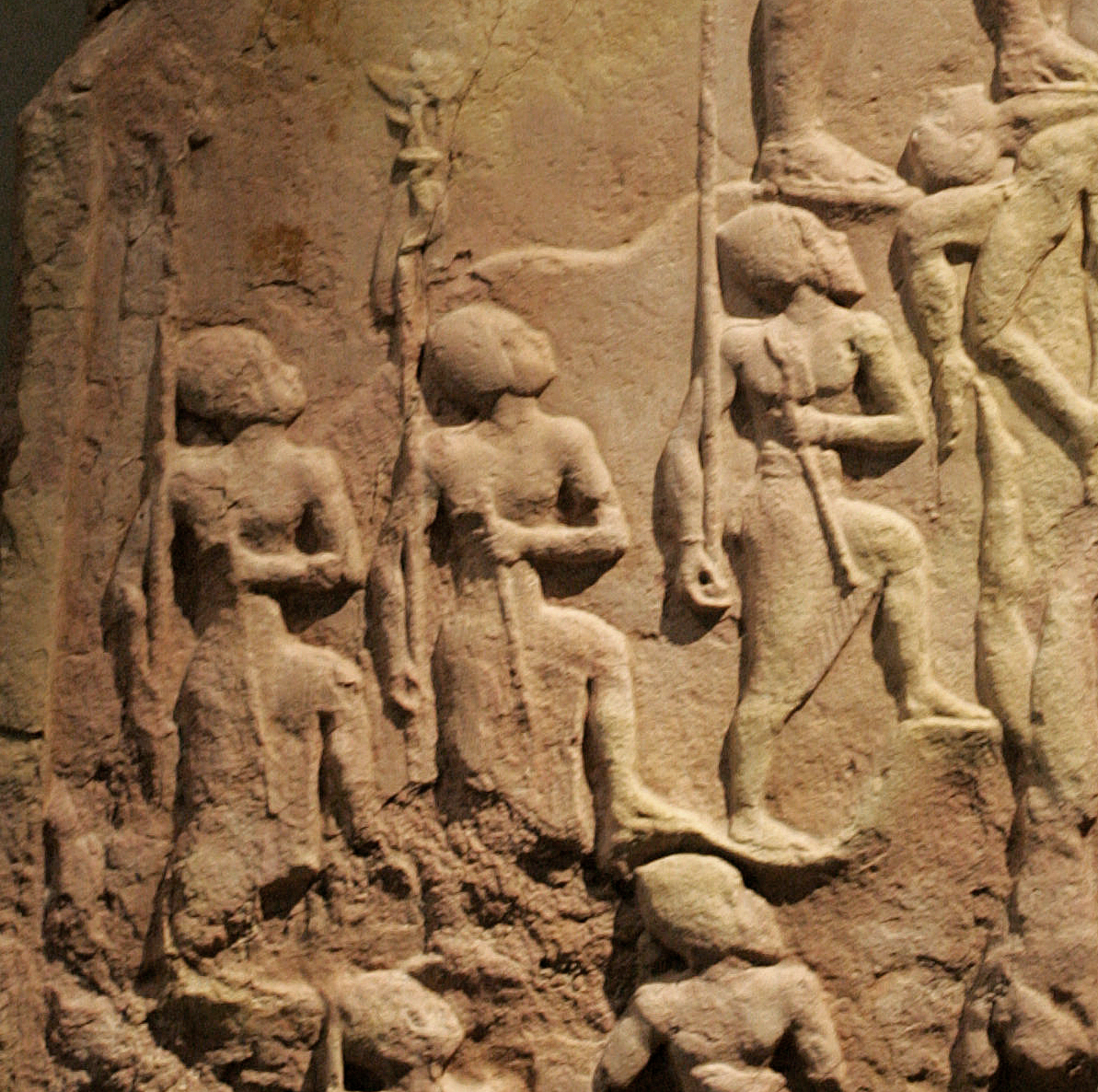
The Akkadian Empire, which lasted from 2334 BCE to 2154 BCE, was the first known empire in history, founded by Sargon of Akkad. It united various city-states in Mesopotamia under a centralized rule, spreading the Akkadian language and culture throughout the region. The empire’s achievements included the development of a postal system, standing army, and diplomatic networks. Despite its accomplishments, the Akkadian Empire eventually collapsed due to internal strife and invasions by nomadic groups. The Akkadians no longer exist as a distinct group, but their language and cultural contributions influenced later Mesopotamian civilizations, including the Babylonians and Assyrians.
Elamite Civilization (2700 BCE – 539 BCE)
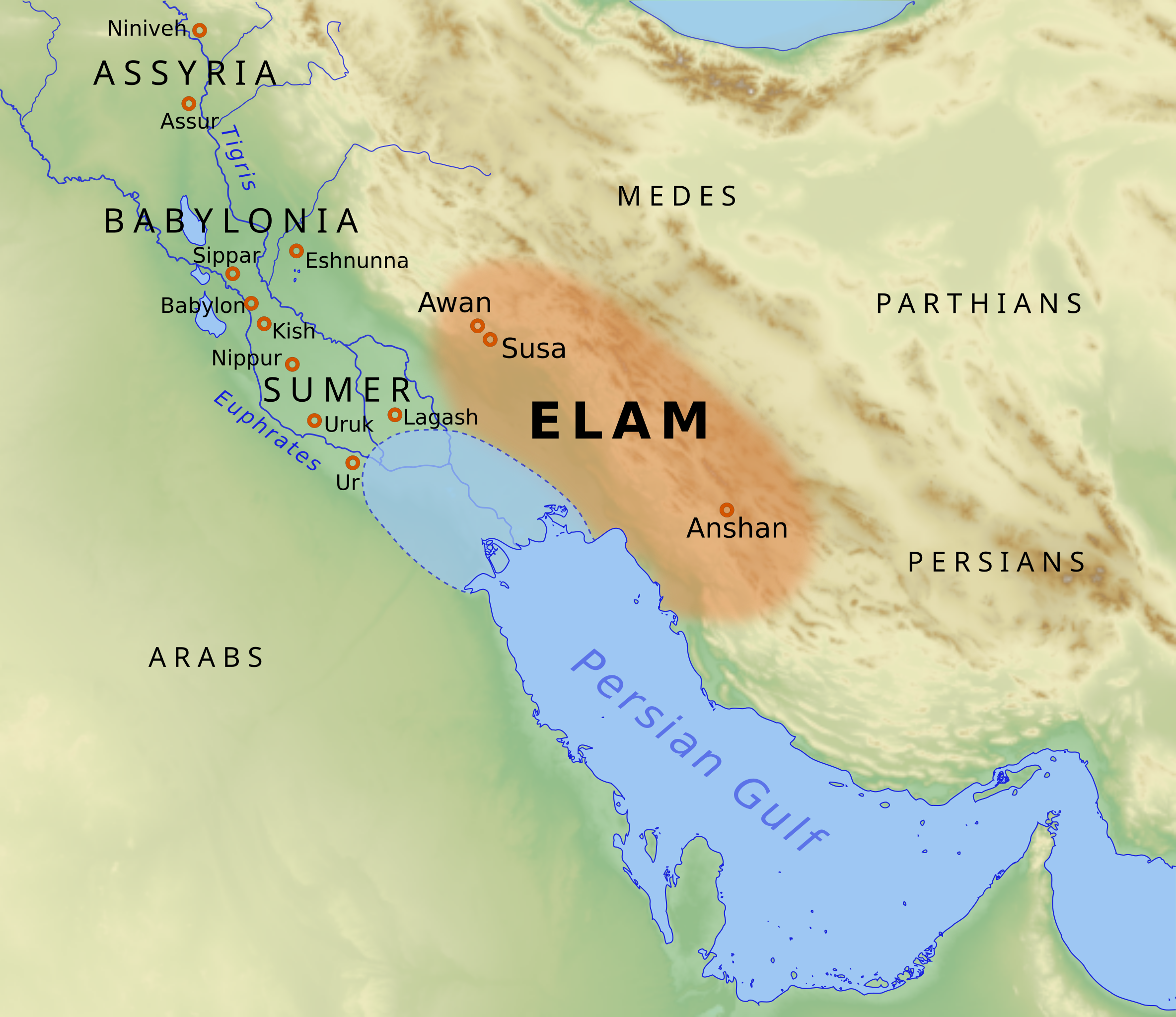
The Elamite civilization, active from 2700 BCE to 539 BCE in what is now southwestern Iran, was a powerful kingdom that frequently interacted with the Mesopotamian states. Its capital, Susa, became a major cultural and political center. The Elamites developed their own writing system and were known for their skill in metalworking. They frequently engaged in conflicts with their neighbors, including the Babylonians and Assyrians. Eventually, the Elamite civilization was absorbed into the Persian Empire after Cyrus the Great’s conquest in 539 BCE. Though the Elamites no longer exist, their cultural and technological innovations influenced early Persian civilization.
Mycenaean Greece (1600 BCE – 1100 BCE)
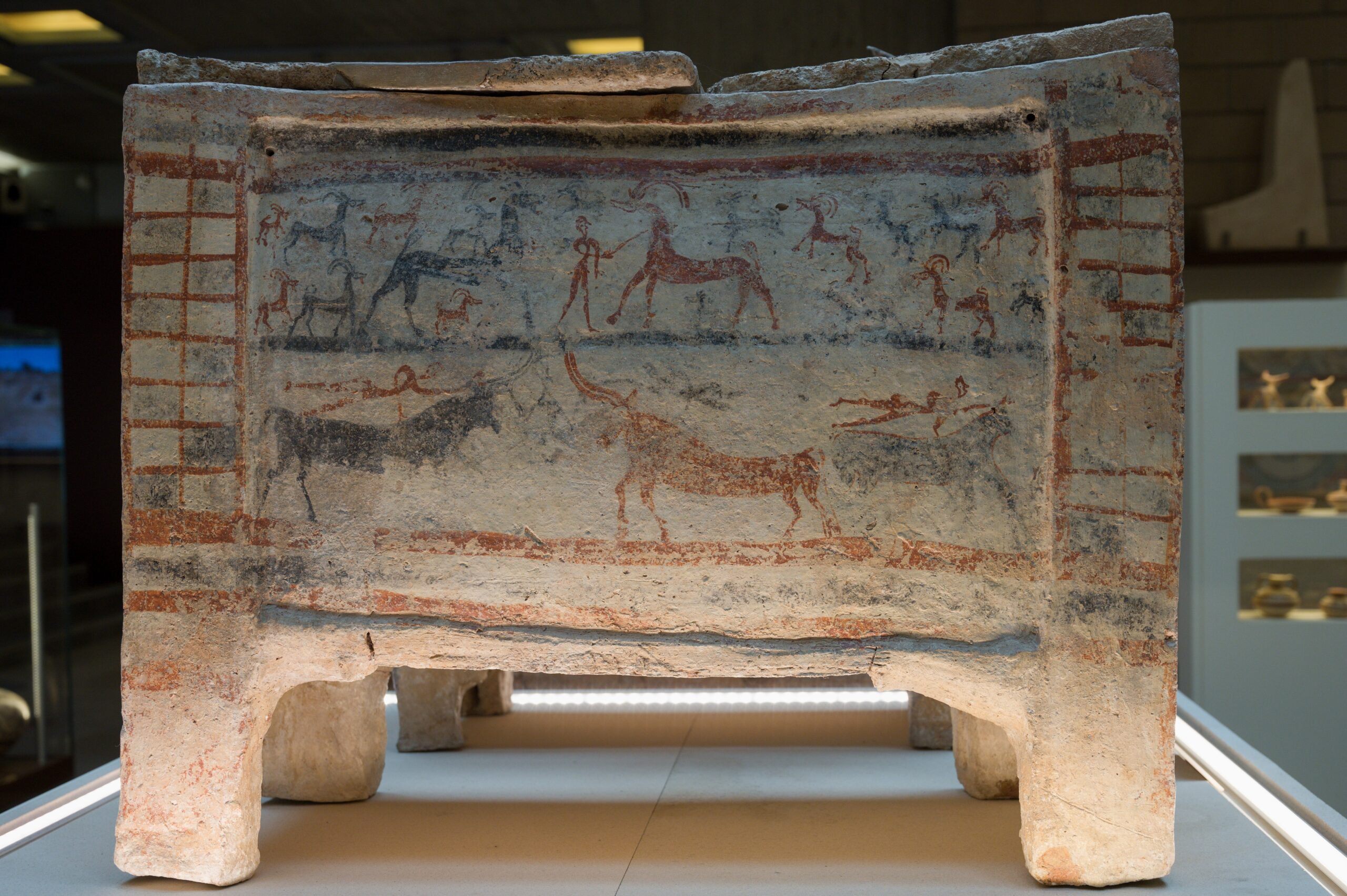
The Mycenaeans, active between 1600 BCE and 1100 BCE, were the early Greeks who left a significant mark on later Greek civilization. They were known for their fortified palace centers like Mycenae and Tiryns, and their role in the legendary Trojan War, as described in Homer’s epics. The Mycenaeans had a rich warrior culture and traded extensively across the Mediterranean. They declined around 1100 BCE during the Greek Dark Ages, likely due to invasions or natural disasters. The Mycenaean civilization no longer exists, but it laid the groundwork for the classical Greek world, influencing its language, mythology, and architecture.
Olmec Civilization (1500 BCE – 400 BCE)
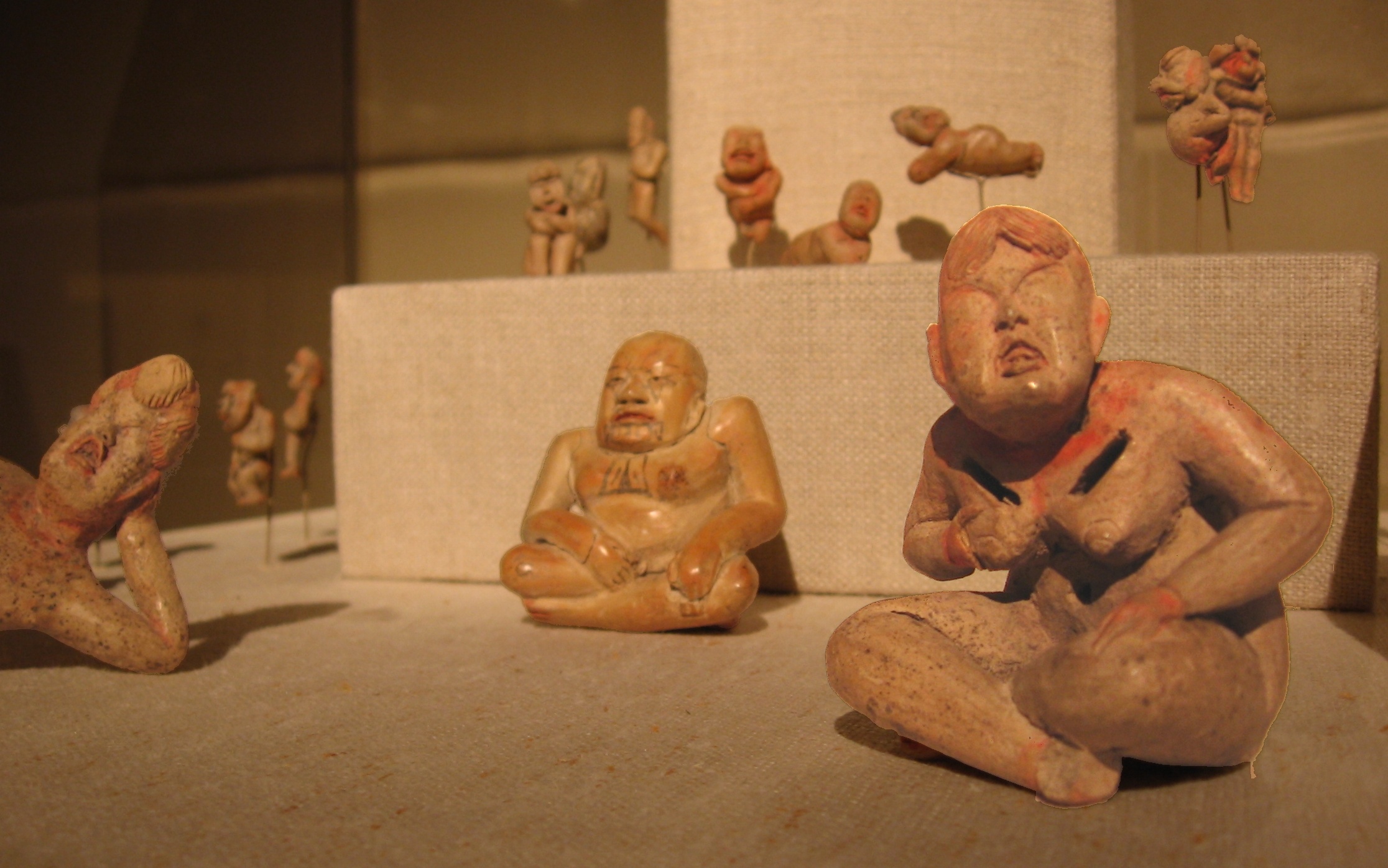
The Olmec civilization, active from 1500 BCE to 400 BCE along the Gulf Coast of Mexico, is often considered the “mother culture” of Mesoamerica. They are best known for their colossal stone heads, which are believed to represent their rulers, as well as their early use of writing, a calendar system, and religious practices centered around jaguar deities. The Olmec influenced later Mesoamerican civilizations like the Maya and Aztec in terms of art, architecture, and religion. Though the Olmecs disappeared around 400 BCE, their cultural and technological innovations had a lasting impact on the development of later Mesoamerican societies.
Hittite Civilization (c. 1600 BCE – 1178 BCE)
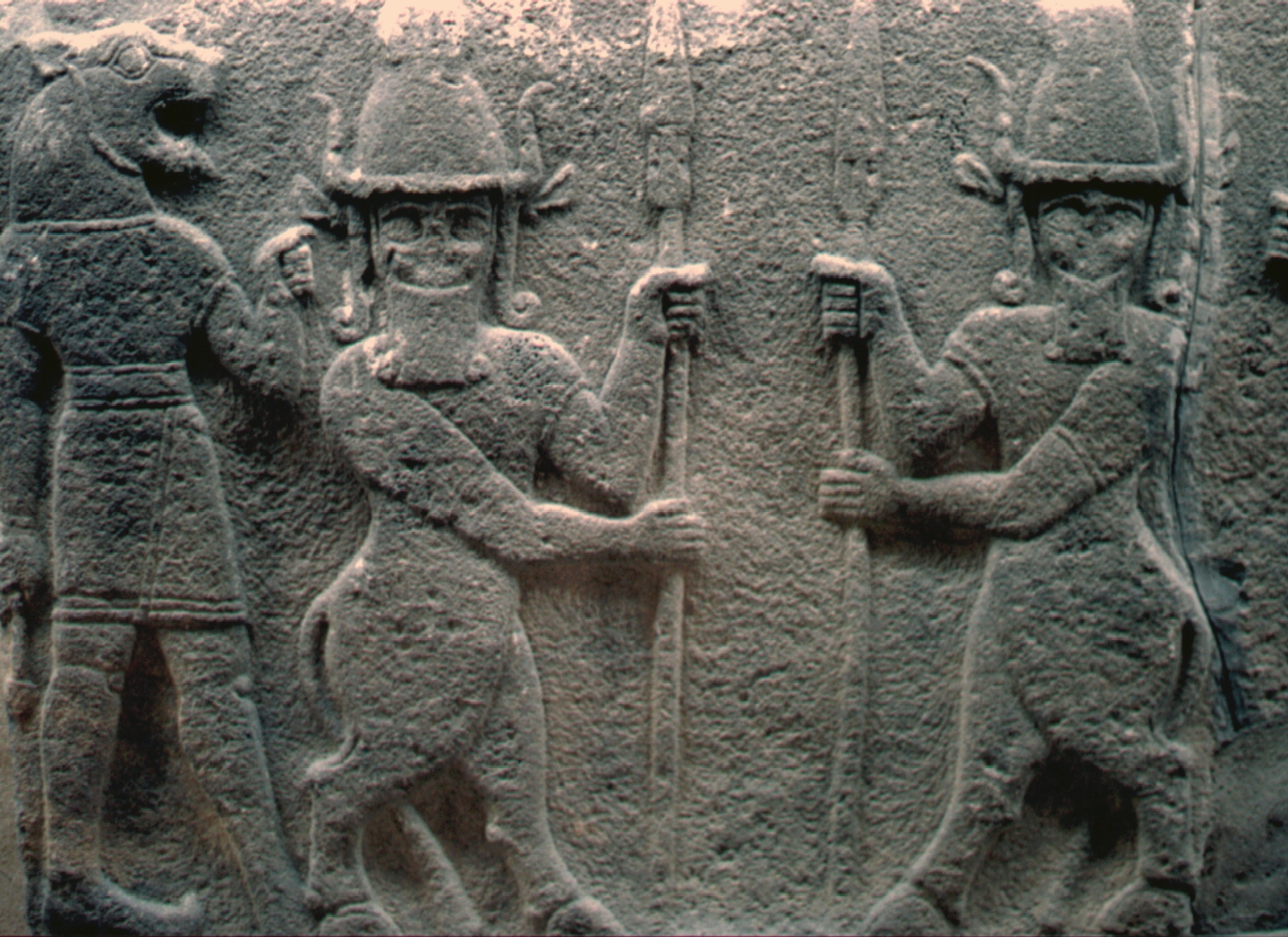
The Hittite civilization, active from around 1600 BCE to 1178 BCE, was based in Anatolia (modern-day Turkey). The Hittites were known for their advanced legal system, ironworking technology, and military prowess, especially their use of chariots. Their capital, Hattusa, was a major cultural and political center. They famously fought the Egyptians at the Battle of Kadesh around 1274 BCE, one of the earliest recorded battles in history, which led to one of the first peace treaties. The Hittite Empire collapsed during the Bronze Age collapse around 1178 BCE, likely due to internal strife and invasions. While the Hittite civilization no longer exists, their advancements in law, governance, and warfare influenced later civilizations in the region, including the Assyrians and Greeks.
This article originally appeared on Rarest.org.
More from Rarest.org
7 Rare Vintage Puzzle Sets That Puzzle Enthusiasts Want

For puzzle enthusiasts, vintage sets offer more than just a fun challenge—they hold a sense of nostalgia and craftsmanship that modern puzzles often lack. Read More.
15 Prestigious Fountain Pen Brands Collectors Cherish

Fountain pens have long been treasured not only for their writing quality but also for their elegance and craftsmanship. Read More.
13 Overlooked Destinations in the Heart of Africa
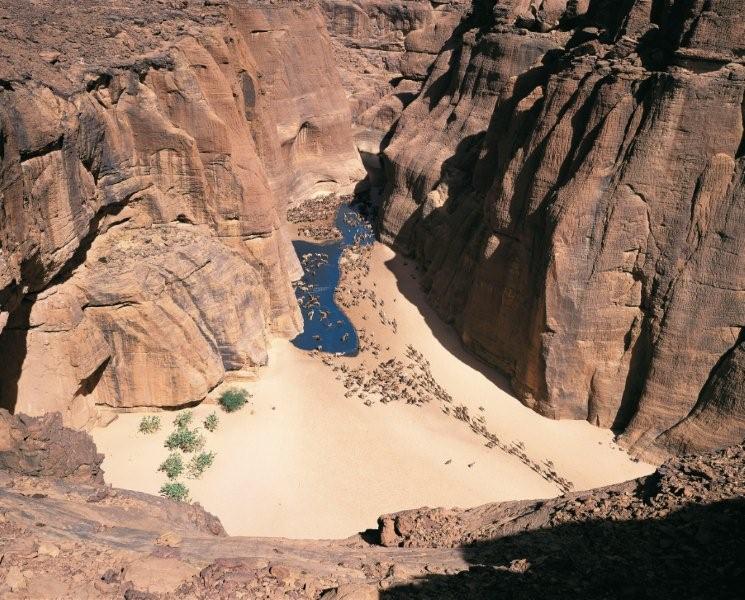
Africa is home to some of the world’s most extraordinary and diverse landscapes, yet many of its hidden gems remain overlooked by travelers. Read More.
